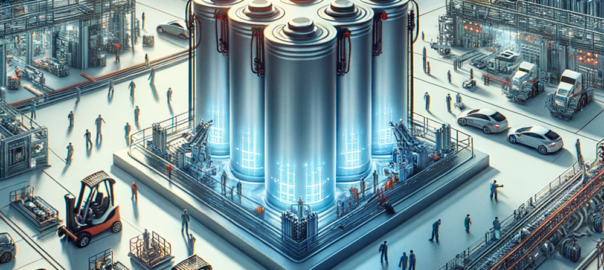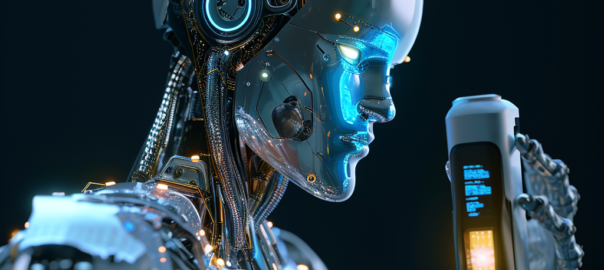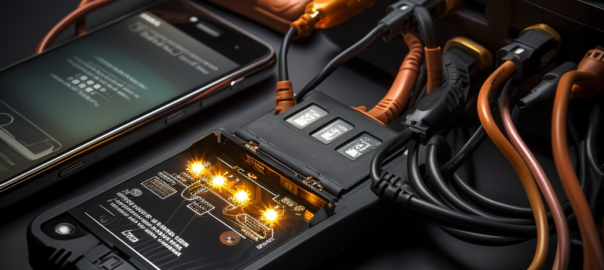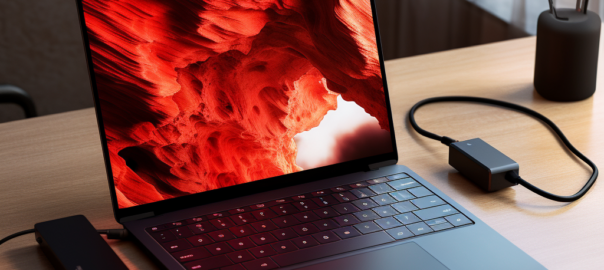The pursuit of energy independence and a transition to renewable energy sources is a global challenge that requires innovative solutions. One critical factor that could accelerate this transition is the development of extreme fast charging lithium-ion batteries. By providing efficient and rapid energy storage, these advanced batteries could play a key role in reducing dependence on fossil fuels and facilitating the widespread adoption of renewable energy. This article will explore the potential of extreme fast charging lithium-ion batteries in achieving energy independence, delving into the latest policy initiatives, industry developments, and the implications for sustainability and climate change.
- 1. The Importance of Fast Charging Technology
1.1 Electric Vehicle Adoption
One of the primary applications of extreme fast charging lithium-ion batteries is in electric vehicles (EVs). The adoption of EVs plays a crucial role in reducing greenhouse gas emissions and achieving energy independence. However, one of the main barriers to EV adoption is the time it takes to charge the batteries, which is where fast charging technology comes into play. By reducing charging times, extreme fast charging batteries can make EVs a more practical and attractive option for consumers, ultimately leading to a greater adoption rate.
1.2 Grid Energy Storage
Another significant application for extreme fast charging batteries is in grid energy storage. As countries shift towards renewable energy sources like solar and wind, the need for efficient energy storage solutions becomes increasingly important. Fast charging batteries can help stabilize the grid by quickly storing and releasing energy as needed, ensuring a reliable and consistent power supply. This, in turn, can help reduce the reliance on fossil fuels for electricity generation and promote energy independence.
1.3 Portable Electronics
Fast charging technology also has implications for the portable electronics industry. As devices become more advanced and power-hungry, the need for longer-lasting and quickly rechargeable batteries becomes paramount. Extreme fast charging lithium-ion batteries can help meet this demand, enabling the continued growth and development of the portable electronics sector.
- 2. Policy Initiatives and Industry Developments
2.1 Government Support
Governments around the world are recognizing the importance of fast charging technology in achieving energy independence and are implementing policies and funding initiatives to support its development. For example, the United States Department of Energy (DOE) has established the Extreme Fast Charge (XFC) program, aimed at developing and commercializing extreme fast charging technologies for EVs. Similar initiatives can be found in other countries, such as China and the European Union, reflecting a global commitment to advancing battery technology.
2.2 Corporate Investment
Major corporations are also investing heavily in extreme fast charging lithium-ion battery technology. Companies like Tesla, Samsung, and General Motors are all actively researching and developing fast charging solutions for their respective industries. These investments, coupled with government support, are driving rapid advancements in fast charging technology and bringing it closer to widespread commercialization.
2.3 Strategic Partnerships
To accelerate the development of extreme fast charging batteries, many companies are forming strategic partnerships and collaborations. These alliances enable the pooling of resources, expertise, and knowledge, leading to more efficient research and development efforts. For instance, automotive companies like BMW and Toyota have partnered with battery manufacturers and research institutions to develop fast charging solutions for their electric vehicles.
- 3. Challenges and Considerations
3.1 Battery Lifetime
One of the primary challenges in developing extreme fast charging lithium-ion batteries is the potential impact on battery life. Rapid charging can cause increased wear and tear on the battery, leading to a shorter overall lifespan. Researchers and developers are working to address this issue by exploring new materials, battery designs, and charging algorithms to minimize the adverse effects of fast charging on battery longevity.
3.2 Infrastructure Requirements
Another consideration in the widespread adoption of extreme fast charging technology is the need for appropriate charging infrastructure. The current
charging infrastructure may not be sufficient to handle the increased power demands of extreme fast charging. As a result, significant investments will be required to upgrade and expand charging networks to support this technology.
3.3 Safety Concerns
Safety is another critical aspect to consider in the development and implementation of extreme fast charging lithium-ion batteries. Rapid charging can generate heat, which may pose risks if not properly managed. Advances in thermal management systems and battery design are essential to ensure the safe operation of these advanced batteries.
Conclusion
Extreme fast charging lithium-ion batteries have the potential to be a game-changer in the quest for energy independence. By enabling rapid charging times for electric vehicles, improving grid energy storage capabilities, and supporting the portable electronics industry, these advanced batteries could significantly accelerate the transition to renewable energy sources and reduce dependence on fossil fuels. However, overcoming challenges related to battery lifetime, infrastructure requirements, and safety will be crucial in realizing the full potential of this technology. As governments, corporations, and researchers continue to invest in the development and commercialization of extreme fast charging lithium-ion batteries, the prospects for a more sustainable and energy-independent future become increasingly promising.










